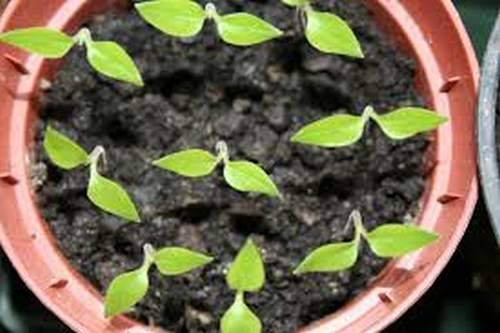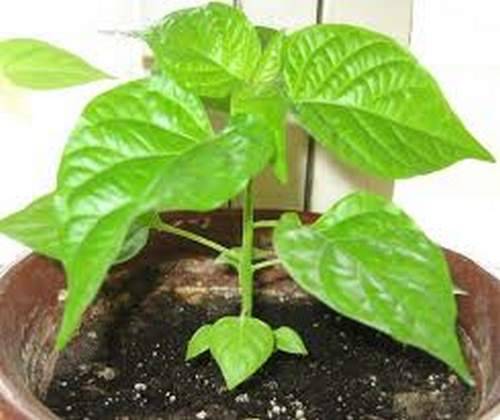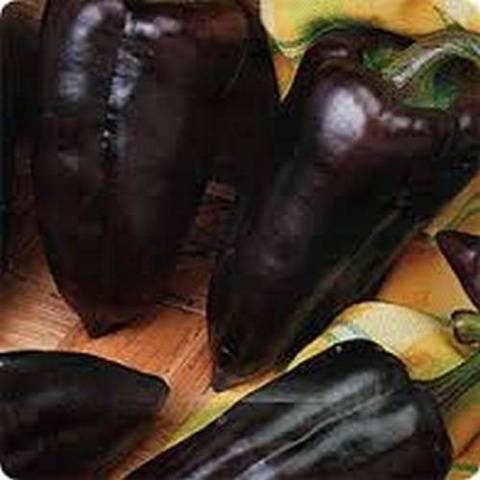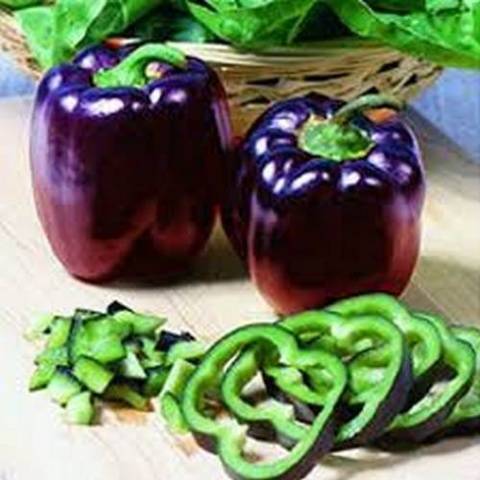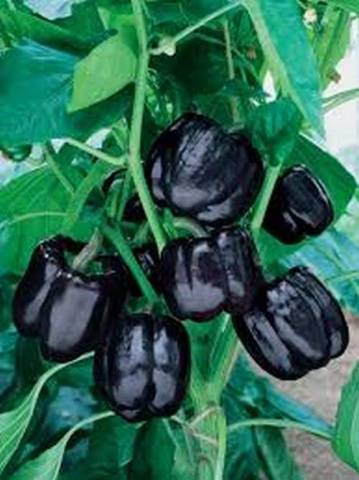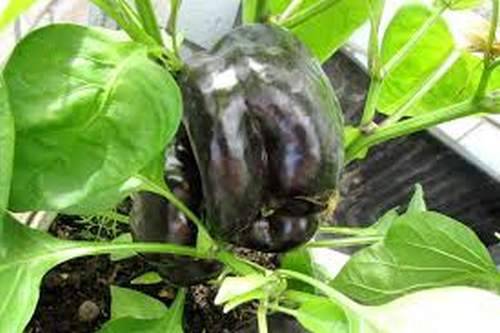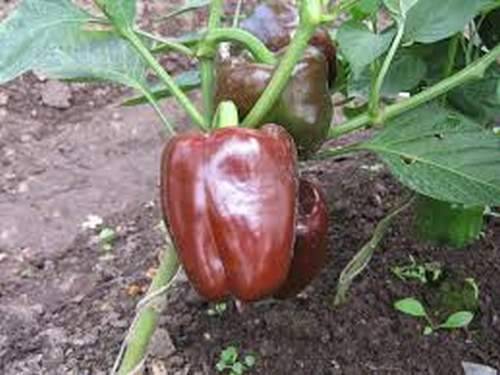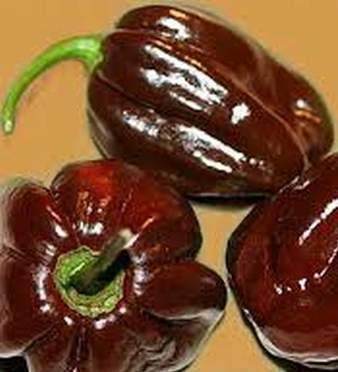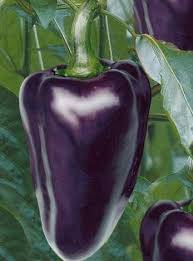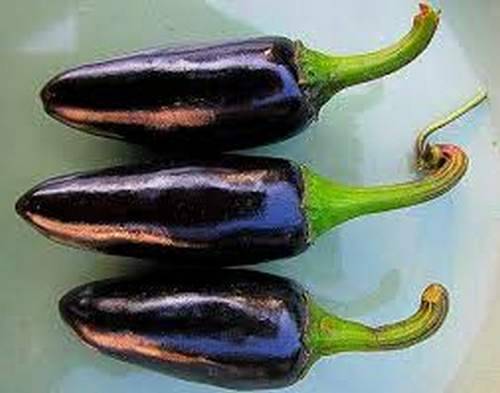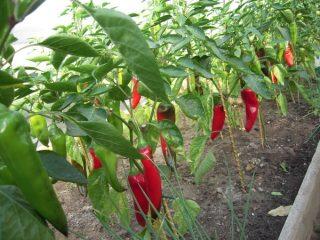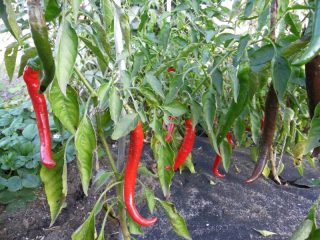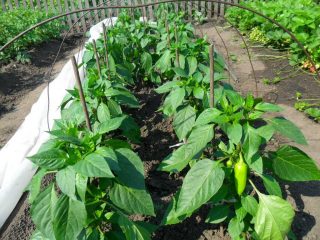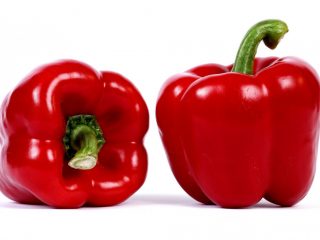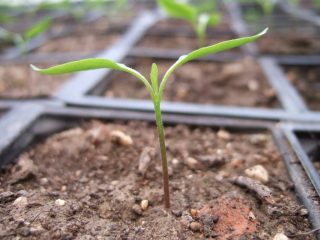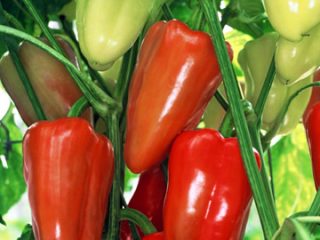Content
For many, it will be a discovery that black pepper is not only an aromatic, bitter spice, but also a familiar bell pepper for gardeners, growing everywhere in their garden plots. Yes, yes, an ordinary pepper, but with an unusual coloring. There are quite a few varieties of black peppers, but not all gardeners know about them, and some simply do not dare to grow them. But there is nothing difficult about growing black pepper varieties!
Sowing seeds
They begin to sow seeds in mid-February; if they do not have time, they can delay sowing until the first days of March. The soil harvested in the fall must be brought into a warm room, given time to warm up thoroughly, loosened and watered with warm water. Sow black pepper seeds in a container with soil and cover it with film until the seeds germinate.
Then even seeds 3 or 4 years old will germinate, and on the tenth day at most, friendly shoots will appear. The container with seeds should not be placed on the radiator, as the soil will dry out and the sprouts that have sprouted will simply die. It is allowed to place this container near the battery to create the necessary temperature for germination.
Actions after emergence
When seedlings become widespread, you need to lower the temperature around the peppers. How to do it? You need to take the container with the seedlings into a greenhouse, preferably a heated one, in which you need to maintain a temperature of about +15°C. This procedure is called seedling hardening. Then the temperature should be increased to about 25 degrees.
Picking seedlings
After two or three true leaves appear, the seedlings should be planted using peat pots. Before picking, the soil in the container with the peppers must be well watered so that when removing the seedlings you do not harm them and pull them out along with the roots.
At this stage, fertilizing with complex fertilizer is desirable. Care must be taken to ensure that no pests such as aphids, spider mites or warblers appear. At the first sign of pests, you need to carry out treatment.
If seedlings are grown in compliance with these rules, then a couple of months after germination they should have 12 well-developed leaves, a strong stem, and their height should be at least 25 cm.
Seedlings should be planted in the ground after stable warm weather has established; the soil should have time to warm up to at least +10 degrees. It would be nice to add humus or compost to it. Plants should be planted sparingly, maintaining an interval of 35-45 cm. You can throw a handful of wood ash into each hole.
When the peppers take root, you can fertilize them in the form of complex fertilizers and urea. This procedure is usually done twice per season.
But it’s also not good to fill it. If it’s hot outside, it’s enough to water the pepper two or three times a week with cold water.
Recently, many new varieties of pepper have appeared in all colors of the rainbow, including black or close to black in color.
Varieties of black peppers
A common property of black peppers is their similarity in taste to green ones. When roasted, black pepper changes its original color towards greenish. It is very good in a salad or in a vegetable stew.
"Black Sugar"
A variety of pepper from the sweet (Bulgarian) category. A fairly early hybrid, full maturity occurs 100 or 110 days after germination. This variety feels great both in the greenhouse and in open ground. The height of the bush is about 0.8 m, the fruits have the shape of a cone with a sharp tip, the weight of the fruit is approximately 90 grams, thick-walled (up to 6 mm). The color varies from dark purple to dark cherry. The taste is juicy and sweet. In a greenhouse it produces a yield of about 7 kg per square meter.
"Purple Bell"
Very early variety (75-85 days from germination).
It grows well in open ground, the height of the bush does not exceed 80 cm. The fruit has a shape slightly reminiscent of a cube, large, with an approximate weight of 170 grams, with a wall thickness of up to 7 mm. The variety is resistant to viral diseases such as tobacco mosaic and potato virus.
"Black Horse"
Refers to early ripening varieties (95-100 days). It grows both in open garden beds and under film. It grows quite tall and produces a high yield (up to 15 fruits per bush), so a garter for support is required. The fruits are powerful, weight reaches 0.25 kg/piece, color varies from dark purple to dark red, the walls are thick (up to 1 cm). The taste of the fruits is excellent, they are very juicy and sweet.This variety adapts to unfavorable weather conditions and is resistant to viruses. The harvest reaches 7.5 kg per square meter.
"Bagheera"
The name alone is worth it! Very beautiful, glossy fruits with excellent taste reach a weight of up to 0.35 kg, thick-walled (up to 0.9 cm), color varies from black chocolate to red chocolate. The variety is early, the bush is not tall - about 50 cm. It is grown either under a film or in an open bed.
"Mulatto"
Hybrid of mid-season ripening (approximately 130 days). Growing in a greenhouse. The bush is quite spreading and has an average height. Fruits with a glossy shine, with the shape of an elongated cube, fruit weight about 170 grams, walls approximately 7 mm thick. It has a strong peppery aroma. The variety tolerates slight cooling well.
"Sweet Chocolate"
The variety was bred by Siberian breeders. Late ripening (approximately 135 days from germination). The height of the bush is about 0.8 m. The fruits are elongated pyramidal, weighing 125 grams. The color is first dark green, then chocolate, and what’s most interesting is that the color inside the fruit is red. Feels great both in the greenhouse and in the open garden. Good immunity to pepper diseases.
"Black Cardinal"
The variety is mid-season (about 120 days). The bush grows up to 0.6 m. The fruit changes color from black to bright red and resembles a truncated pyramid in shape. The taste of the pepper is sweet, with juicy pulp. The yield of this variety is surprising - about ten kilograms per square meter.
"Gypsy Baron"
Amazingly beautiful plant! A low bush (45-50 cm) with green-violet leaves and flowers, compact. The fruits are small, only 7-8 cm in length, the color ranges from blue to purple and black, and when ripe, pearlescent.Peppers grow in a unique way - with their tips up in the form of an elegant bouquet. Looks very nice in winter preparations. The variety is extremely productive (up to 8 kg/sq.m)
